What Is the Basic Operation Process of PCB Electroplating?
By:PCBBUY 05/15/2024 14:25
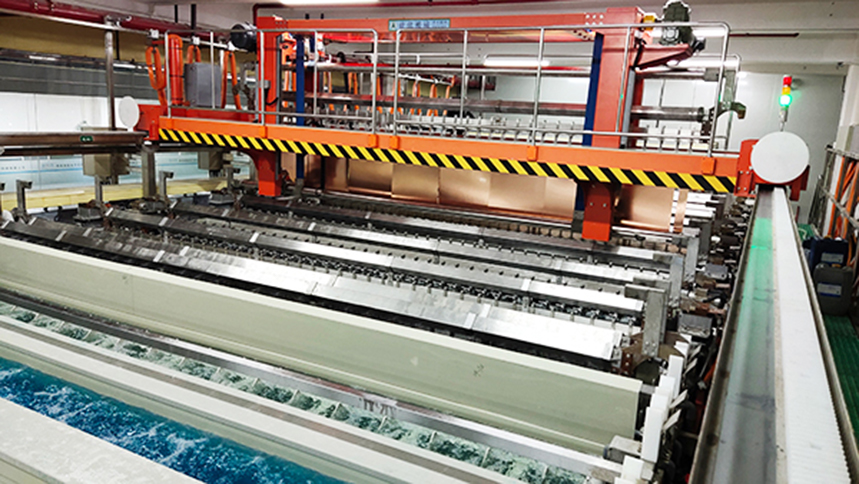
What Is the Classification of Electroplating Process?
Acid bright copper electricity
Nickel/gold plating
Electro Tin-board
What Is the Process Flow?
Acid dip - full board electroplating copper - Pattern transfer - Acid degreasing - Two stage counter-current rinsing - Micro etching - Two stage - acid dip - Tin - Two stage counter-current rinsing - Overcurrent rinsing - Pattern electricity - Two stage counter-current rinsing - Nickel plating - secondary-water wash - Overlime acid - gold - recovery -2-3 stage pure water wash - dry
What Is the Process Description?
(1) Acid Leaching
1. Function and Purpose:
Remove the surface oxide, activate the surface, the general concentration is 5%, and some remain at about 10%, mainly to prevent water from being brought into the tank resulting in unstable sulfuric acid content
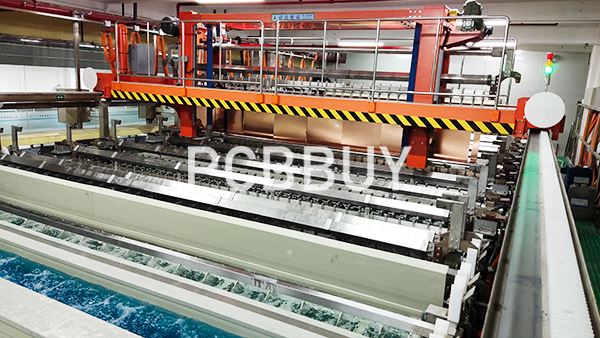
2. Acid diffuse time should not be too long to prevent the surface oxidation; After a period of use, when the acid appears cloudy or the copper content is too high, it should be replaced in time to prevent pollution of the electro PCB board online copper cylinder and the surface of the board
3. CP grade sulfuric acid should be used here
(2) Full Board Copper Plating
Again called copper, board electric, Panel-plating
1. Function and Purpose:
Protect the thin chemical copper that has just been deposited, prevent the chemical copper from being corroded by acid after oxidation, and add it to a certain extent by electroplating
2. Full board copper plating related process parameters:
The main components of the bath are copper sulfate and sulfuric acid, and the formula of high acid and low copper is adopted to ensure the uniform thickness distribution of the board surface during electroplating and the deep plating ability of the holes. The content of sulfuric acid is mostly 180 g L and 240 g L. The content of copper sulfate is generally about 75 g liters, and a trace of chloride ions are added to the other liquid, which is used as an auxiliary gloss agent and copper gloss agent to exert the gloss effect together: the amount of copper gloss agent added or the amount of cylinder opening is generally 3-mlL, and the addition of copper gloss agent is generally supplemented by the method of thousand ampere hours or according to the actual production PCB board effect; The current calculation of the whole board plating is generally calculated by 2 amp square meter times the plating area on the PCB board, for the whole board electricity, that is, the board length dmx board width dmx2X2A DM2: the temperature of the copper cylinder is maintained at room temperature, the general temperature does not exceed 32 degrees, more than 22 degrees, so in the summer because the temperature is too high, the copper cylinder is recommended to install cooling temperature control system
3. Process maintenance
Daily according to thousands of hours to timely add copper polish, according to 100-150mlKAH supplement to check whether the filter pump is working normally, there is no leakage phenomenon, every 2-3 hours to use a clean wet rag to wash the cathode conductive rod: the copper cylinder copper sulfate (once a week), sulfuric acid (once a week), chloride ion (twice a week) content, And through the Holbo test to adjust the amount of light agent, and timely supplement the relevant raw materials, every week to clean the anode conductive rod, the electric joint at both ends of the tank, timely supplement the anode copper ball in the basket, with low current 0. It's 2-0. 5ASD electrolysis 6-8 hours each month should check whether the anode basket bag is damaged, damaged should be replaced in time: and check whether the bottom of the anode basket is accumulated anode mud, if any, should be cleaned up in time: and carbon core continuous filtration for 68 hours, At the same time, low current electric removal of impurities: every six months or so according to the specific pollution of the tank liquid to determine whether it needs to be treated (activated carbon powder every two weeks to replace the filter element of the filter pump.
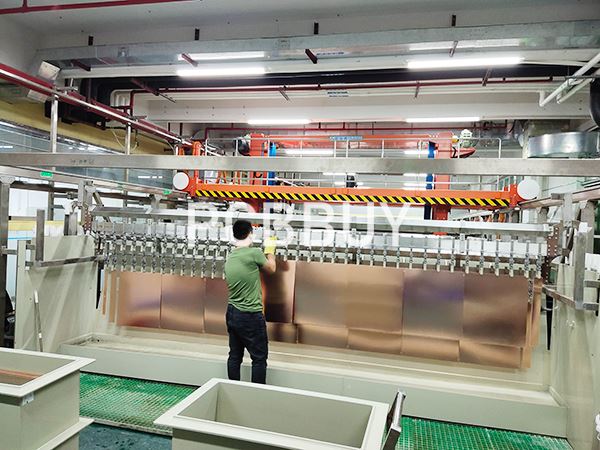
4. Large processing program:
A. Take out the anode, pour out the anode, clean the anode film on the anode surface, and then put it in the bucket packed with copper anode, roughen the copper corner surface with micro-etching agent until it is pink, wash it dry, put it in the basket, and put it in the acid tank for use
B. Soak the anode basket and anode bag in 10% lye for 6-8 hours, rinse with water, and then soak with 5% dilute sulfuric acid, wash dry and reserve
C. Transfer the tank liquid to the spare tank, add 1-3mlL of 30% double water, start heating, when the temperature is increased to about 65 degrees, open the air loss mixing, heat the air stirring for 2-4 hours:
D. Turn off the air stirring, slowly dissolve the activated carbon powder into the tank at the rate of 3-5 g liters, after the dissolution is complete, open the air stirring, so heat preservation 2-4 hours:
E. Turn off the air damage mixing, heat up, let the activated carbon powder slowly precipitate to the bottom of the tank:
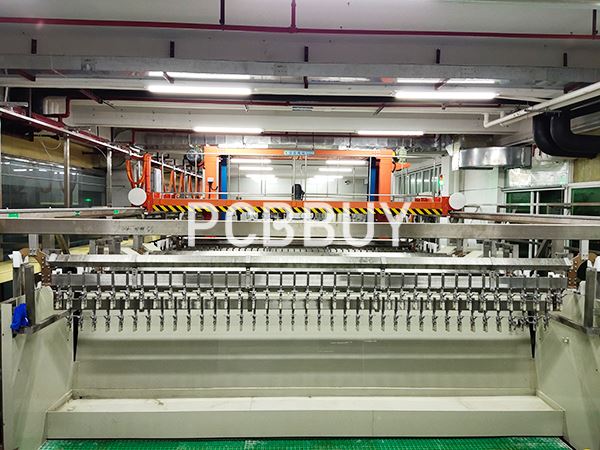
F. When the temperature drops to about 40 degrees, use 10m PP filter element and filter powder to filter the tank into the clean working tank, turn on the air to stir, put in the anode, hang in the electrolytic board, press 0. It's 2-0. 5ASD Current density Low current electrolysis 6-8 hours,
G. After laboratory analysis, adjust the content of sulfuric acid, copper sulfate and chloride ions in the tank to the normal operating range according to the Hall tank test results to add light agent; After the color of the electrolytic board surface is uniform, the electrolysis can be stopped, and then press 1-1. The current density of 5ASD is treated with electrolysis film for 1-2 hours, and a layer of uniformly dense black phosphorus film with good adhesion can be generated on the anode. Be enough
5. Anode copper ball contains 0. 3-0. The main purpose of 6% phosphorus is to reduce the anode dissolution efficiency and reduce the production of copper powder:
6. When supplementing drugs, if the addition amount is large, such as copper sulfate, sulfuric acid, low current should be electrolyzed after addition; When adding sulfuric acid, attention should be paid to safety. When adding a large amount of sulfuric acid (more than 10 liters), it should be added slowly several times, otherwise it will cause the temperature of the tank is too high, the decomposition of the light agent is accelerated, and the tank is polluted:
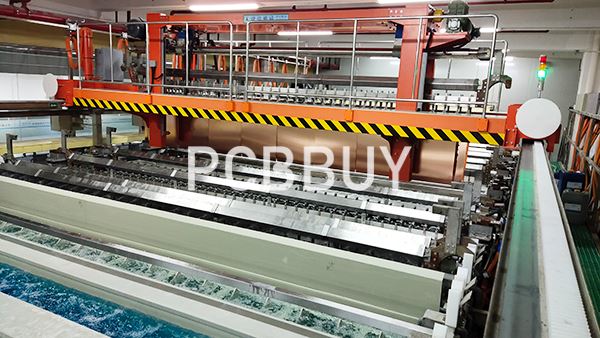
7. Special attention should be paid to the addition of chloride ions, because the chloride ion content is particularly low (30-90ppm), and it must be added with a measuring cylinder or measuring cup before weighing accurately :1m hydrochloric acid containing chloride ions is about 385
8. Drug addition calculation formula
Copper sulfate (kg)-(75-X)x volume ()1000
Sulfuric acid (unit: liters)=(10%-Xg/Lx tank volume (liters)
Or (unit: liters)=(180-Xg/Lx tank volume (liters)1840
Hydrochloric acid (unit: m1)=(60-Xppmx tank volume (L)/385
(3) Acid Degreasing
1. Purpose and function: Remove the oxide on the copper surface of the line, the ink residual film residual glue, and ensure the binding force between the copper and the graphic plating copper or nickel
2. Remember to use acid degreaser here, why not use alkaline degreaser and alkaline degreaser is better than acid degreaser? Mainly because the graphic ink is not alkali resistant, it will damage the graphic line, so only acid degreasing agent can be used before graphic plating.
3. Only need to control the concentration and time of oil remover during production, the concentration of oil remover is about 10%, the time is guaranteed to be 6 minutes, and there will be no adverse effects if the time is a little longer: the use and replacement of tank liquid is also in accordance with 15 square meters of working fluid, and the addition is in accordance with 100 square meters of 0.5-0.8L:
(4) Micro-etching:
1. Purpose and function: clean and rough the copper surface of the line to ensure the binding force between the graphic plating copper and the primary copper
2. Sodium persulfate is used in most of the micro agents, the coarsing rate is stable and uniform, the water washing is good, the concentration of sodium hyperacidis is generally controlled at about 60 grams/liter, the time is controlled at about 20 seconds, and the drug is added at 100 square meters of 3-4 kg: the copper content is controlled at 20 grams/liter or less.
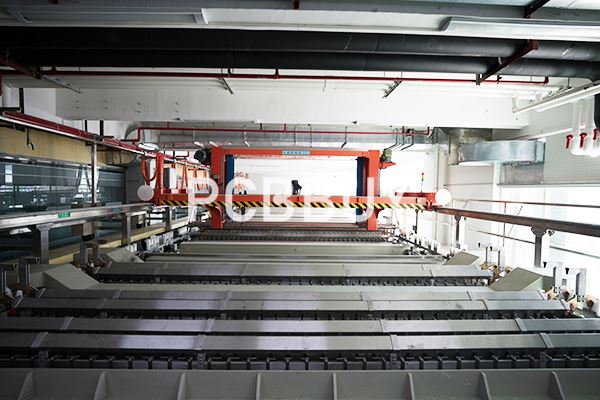
(5) Soaking in Acid
1. Function and purpose: Remove the surface oxide, activate the surface, the general concentration is 5%, and some are kept at about 10%, mainly to prevent water from being brought into the tank resulting in unstable sulfuric acid content
2. Acid diffuse time should not be too long to prevent the surface oxidation; After a period of use, when the acid appears cloudy or the copper content is too high, it should be replaced in time to prevent pollution of the electro board copper cylinder and board surface:
3. Grade C.P sulfuric acid should be used here
(6) Graphic Copper Plating:
Also known as secondary copper, line copper plating
1. Purpose and function: In order to meet the rated current load of each line, the copper of each line and hole needs to reach a certain thickness. The purpose of copper plating of the line is to thicket the hole copper and line copper to a certain thickness in time
2. Other items are electro board with the whole PCB board
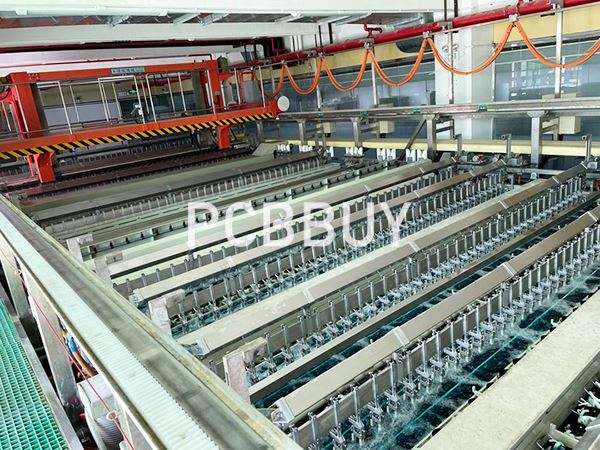
(7) Graphic Copper Plating:
Also known as secondary copper, line copper plating
1. Purpose and function: In order to meet the rated current load of each line, the copper of each line and hole needs to reach a certain thickness. The purpose of copper plating of the line is to thicket the hole copper and line copper to a certain thickness in time;
2. Other items are electro board with the whole board
(8) Tin Plating
1. Purpose and function: The purpose of graphic plating pure tin is mainly to use pure tin as a metal corrosion resistance layer to protect line etching;
2. The tank liquid is mainly composed of stannous sulfate, sulfuric acid and additives; The stannous sulfate content is controlled at about 35 g/l, and the sulfuric acid is controlled at about 10%; The addition of tinning additives is generally supplemented by the method of thousand ampere-hours or according to the actual production PCB board effect; The current calculation of tin plating is generally 1. 5 amp/sq. decimeter times the plating area on the board; The tin cylinder temperature is maintained at room temperature, the general temperature does not exceed 30 degrees, more than 22 degrees, so in the summer because the temperature is too high, the tin cylinder is recommended to install cooling temperature control system;
3. Process maintenance:
Daily according to kilo-ampere hours to timely supplement tinning additives; Check whether the filter pump works properly and there is no air leakage; Use a clean wet rag to scrub the cathode conductive rod every 2-3 hours; The tin tank should be analyzed regularly every week (once/week), sulfuric acid (once/week), and the content of tinning additives should be adjusted by Hall tank test, and the relevant raw materials should be supplemented in time; Every week to clean the anode conductor rod, both ends of the tank electrical joint; Weekly with low current 0. 2? 0. 5ASD Electrolysis 6? 8 hours; The anode bag should be checked every month for damage, and the damaged should be replaced in time; And check whether there is anode mud at the bottom of the anode bag, if there should be cleaned up in time; Monthly continuous filtration with carbon core 6? 8 hours, while the low current electricity to remove impurities; Every six months or so, according to the specific pollution status of the tank liquid, it is necessary to determine whether large-scale treatment (activated carbon powder); Replace the filter element of the filter pump every two weeks;
4. Large processing program:
A. Take out the anode, remove the anode bag, clean the anode surface with a copper brush, rinse dry, put into the anode bag, put into the acid tank for use
B. Soak the anode bag in 10% lye 6? 8 hours, washed dry, then soaked in 5% dilute sulfuric acid, washed dry reserve use;
C. Transfer the liquid to the spare tank and press 3. 5 g/l slowly dissolve the activated carbon powder into the tank solution. After the solution is completely dissolved, adsorption for 4-6 hours, filter the tank solution into the clean working tank with 10um PP filter element and auxiliary filter powder, put the anode, hang the electrolytic board, and press 0. It's 2-0. 5ASD Current density Low current electrolysis 6? Eight hours,
D. After laboratory analysis, adjust the sulfuric acid and stannous sulfate content in the tank to the normal operating range; Tinning additives were added according to the results of Hall cell test.
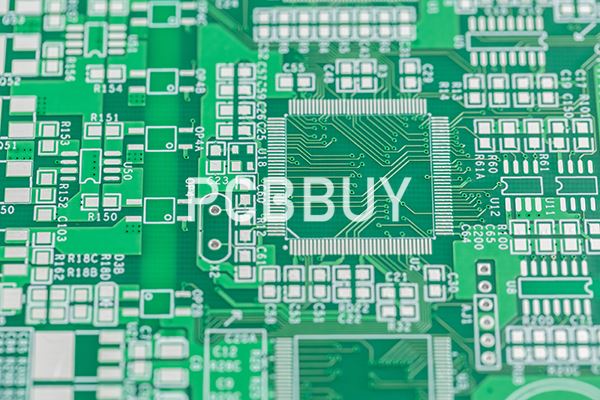
E. Stop electrolysis when the color of the electrolytic board surface is uniform;
F. Test plating OK.
5. When supplementing drugs, such as adding a large amount such as stannous sulfate, sulfuric acid; After addition, low current should be electrolyzed; When adding sulfuric acid, attention should be paid to safety, and when the amount of supplementation is large (more than 10 liters), it should be added slowly several times; Otherwise, it will cause the bath temperature to be too high, stannous oxidation, and accelerate the aging of the bath.
6. Drug addition calculation formula:
Stannous sulfate (kg) = (40-X) x tank volume (L) /1000
Sulfuric acid (unit: liter) = (10%-X) g/L× tank volume (liter)
Or (unit: liters) = (180-X) g/L x tank volume (liters) /1840
(9) Nickel Plating
1. Purpose and Function:
The nickel plating layer is mainly used as the barrier layer between the copper layer and the gold layer to prevent the gold and copper from diffusing each other, which affects the weldability and service life of the board. At the same time, the nickel substrate also greatly increases the mechanical strength of the gold layer;
2. Full board copper plating related process parameters:
The addition of nickel plating additives is generally supplemented by the method of thousand ampere-hours or according to the actual production PCB board effect, the addition amount is about 200ml/KAH; The current of graphic nickel plating is generally calculated as 2 amp/square decimeter multiplied by the plating area on the board; The temperature of the nickel cylinder is maintained at 40-55 degrees, and the general temperature is about 50 degrees, so the nickel cylinder should be equipped with heating and temperature control system;
3. Process maintenance:
Nickel plating additives are supplemented in a timely manner according to thousands of hours per day; Check whether the filter pump works properly and there is no air leakage; Use a clean wet rag to scrub the cathode conductive rod every 2-3 hours; The content of nickel sulfate (nickel sulfamate), nickel chloride (once/week) and boric acid (once/week) in copper cylinder should be analyzed regularly every week, and the content of nickel plating additives should be adjusted through Hall tank test, and relevant raw materials should be supplemented in time. Every week to clean the anode conductive rod, the groove both ends of the electrical joint, timely supplement the anode nickel Angle in the titanium basket, with low current 0. 2? 0. 5ASD Electrolysis 6? 8 hours; The titanium basket bag of the anode should be checked every month for damage, and the damaged should be replaced in time; And check whether there is anode mud accumulated at the bottom of the anode titanium basket, if there should be cleaned up in time; Continuous filtration with carbon core 6? 8 hours, while the low current electricity to remove impurities; Every six months or so, according to the specific pollution status of the tank liquid, it is necessary to determine whether large-scale treatment (activated carbon powder); Replace the filter element of the filter pump every two weeks;
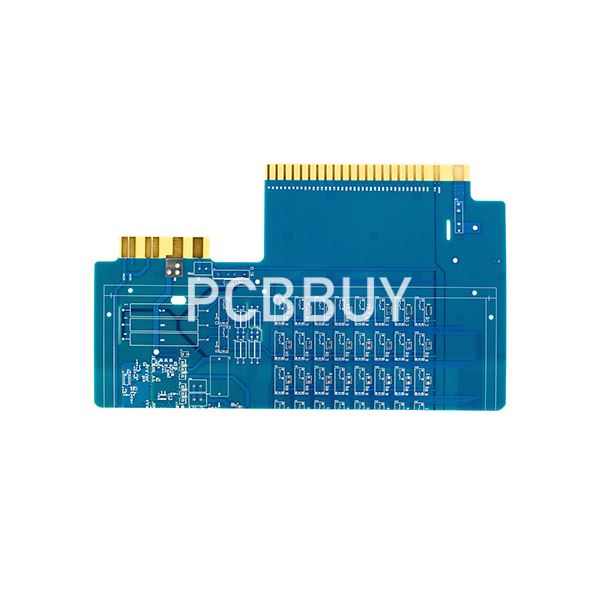
4. Large processing program:
A. Take out the anode, pour the anode out, clean the anode, and then put it in the bucket packed with nickel Angle, coarse the surface of the nickel Angle with micro-etching agent until it is uniform pink, wash it dry, put it in the titanium basket, and put it into the acid tank for use
B. Soak the anode titanium basket and anode bag in 10% lye. 8 hours, washed dry, then soaked in 5% dilute sulfuric acid, washed dry reserve use;
C. Transfer the tank liquid to the spare tank, add 1-3ml/L of 30% hydrogen peroxide, start heating, when the temperature increases to about 65 degrees, turn on the air and stir, hold the air and stir for 2-4 hours;
D. Turn off the air and stir, press 3? 5 g/l the activated carbon powder slowly dissolve into the tank, to dissolve thoroughly, open the air stirring, so heat preservation 2? 4 hours;
E. Turn off the air, stir, heat, let the activated carbon powder slowly precipitate to the bottom of the tank;
F. When the temperature drops to about 40 degrees, filter the tank liquid with 10um PP filter element and filter powder to clean the working tank, turn on the air to stir, put the anode, hang the electrolytic board, and press 0. It's 2-0. 5ASD Current density Low current electrolysis 6? Eight hours,
G. After laboratory analysis, adjust the content of nickel sulfate or nickel sulfenate, nickel chloride, boric acid in the tank to the normal operating range; Nickel plating additives were added according to the results of Hall cell test.
H. After the color of the electrolytic board surface is uniform, the electrolysis can be stopped, and then press 1-1. The current density of 5ASD is electrolyzed for 10-20 minutes to activate the anode; I. Test plating OK.
5. Supplement drugs, such as adding a large amount such as nickel sulfate or nickel sulfonic acid, nickel chloride, after adding a low current electrolysis; When adding boric acid, the supplementary amount of boric acid should be put into a clean anode bag and hung into the nickel cylinder, and can not be directly added to the tank;
6. After nickel plating, it is recommended to add a recovery water washing, open the cylinder with pure water, which can be used to supplement the liquid level of the nickel cylinder due to heating and volatilization, recover and wash after two countercurrent rinsing;
7. Drug addition calculation formula:
Nickel sulfate (unit: kg) = (280-X) x tank volume (L) /1000
Nickel chloride (unit: kg) = (45-X) x tank volume (L) /1000
Boric acid (kg) = (45-X) x tank volume (L) /1000
(10) Electric Gold Plating:
Divided into electroplating hard gold (gold alloy) and water gold (pure gold) process, plating hard gold and soft gold bath liquid composition is basically the same, but there are more trace metals nickel or cobalt or iron in the hard gold bath;
1. Purpose and function: Gold, as a precious metal, has good weldability, oxidation resistance, corrosion resistance, small contact resistance, good wear resistance and other excellent characteristics;
2. At present, the plating of circuit board is mainly citric acid gold bath, which is widely used for its simple maintenance and easy operation;
3. Water gold content is controlled at about 1 g/l, PH value 4. About 5, the temperature is 35 degrees, the specific gravity is about 14 baumes, the current density is about 1ASD;
4. The main added drugs are acid adjusting salt and basic adjusting salt to adjust PH value, conductive salt to adjust specific gravity and gold-board supplementary additives and gold salt;
5. In order to protect the gold cylinder, a citric acid dipping tank should be added before the gold cylinder, which can effectively reduce the pollution of the gold cylinder and maintain the stability of the gold cylinder;
6. After electroplating, the gold board should be washed with pure water as recovery water, and it can also be used to supplement the liquid level of the evaporation change of the gold cylinder. After recovery and washing, it will be washed with two countercurrent pure water, and 10 g/l lye will be put into the gold multiple board to prevent the oxidation of the gold board;
7. The gold cylinder should use platinum-board titanium mesh as the anode, generally 316 stainless steel is easy to dissolve, resulting in nickel iron chromium and other metals pollution of the gold cylinder, resulting in gold plating white, dew plating, black and other defects;
8. The organic pollution of the gold cylinder should be continuously filtered with carbon core, and an appropriate amount of gold-plating additives should be added.
Reference
He Wei, PCB Basic Electrical Information Science and Technology, China Machine Press,116-119
Industry Category











